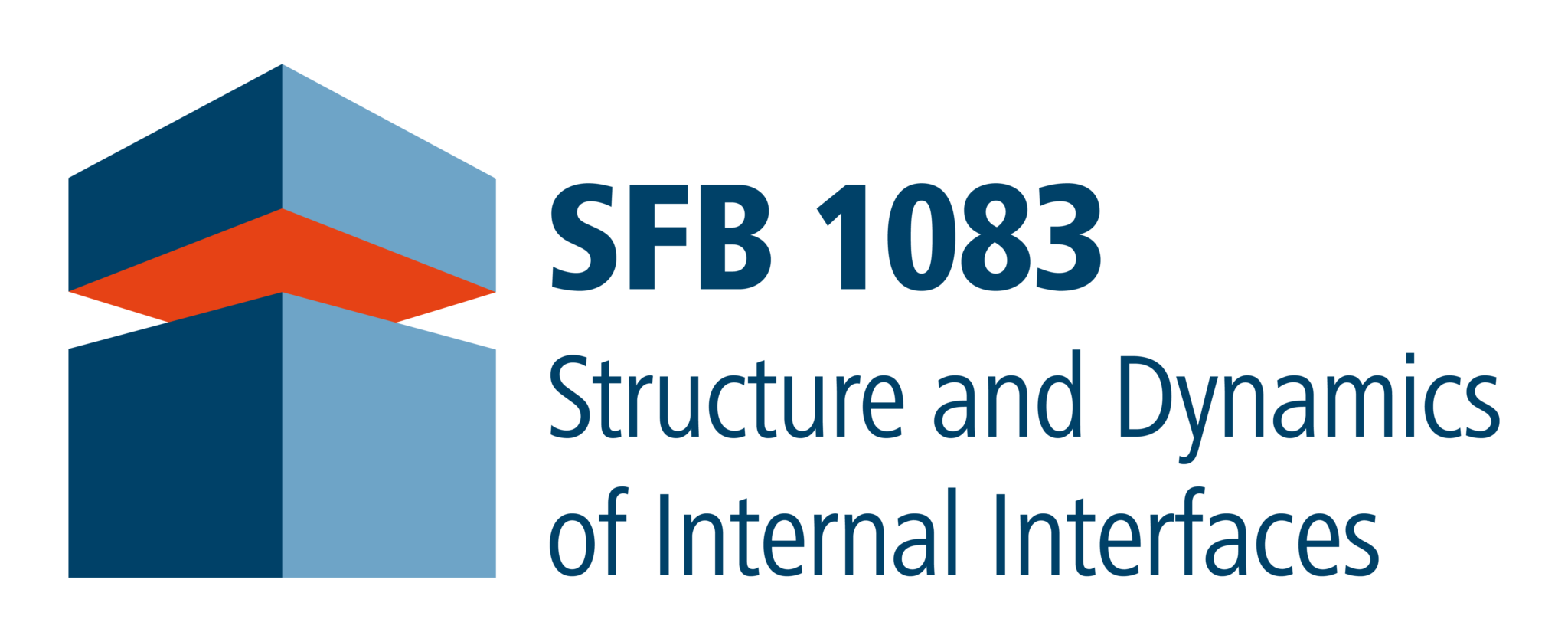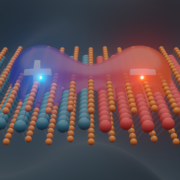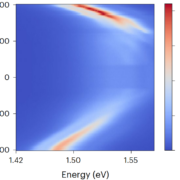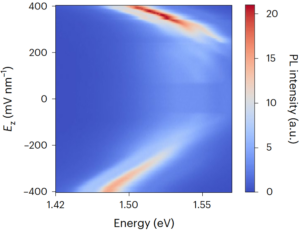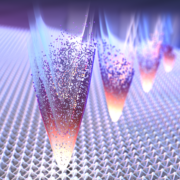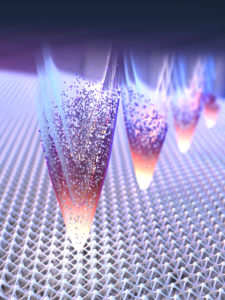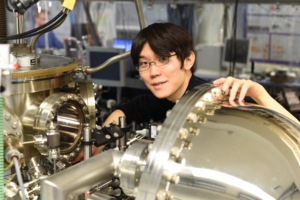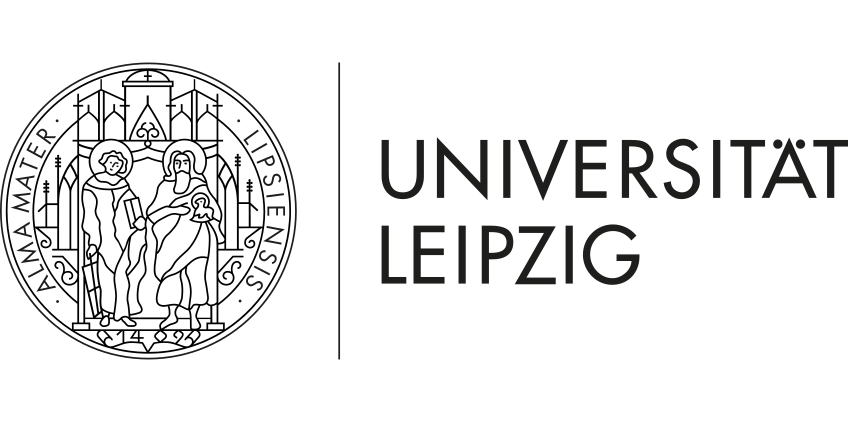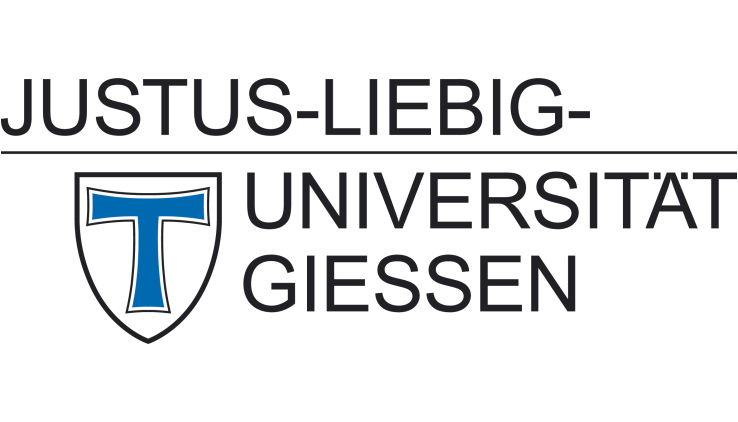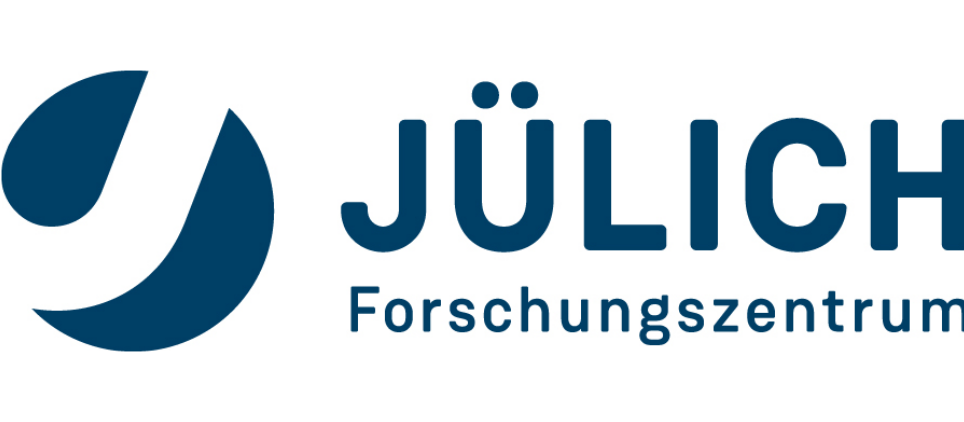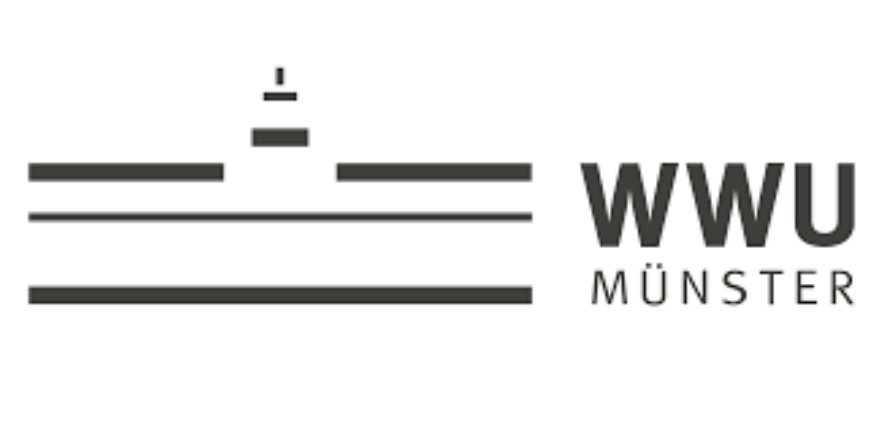Interface engineering of charge-transfer excitons in 2D lateral heterostructures – Publication by B9 (Malic) in Nature Communications
In a joined publication, the groups of Ermin Malic, Bernhard Urbaszek and Andrey Turchanin explained the behavior of quasiparticles in composite semiconductor nanosheets
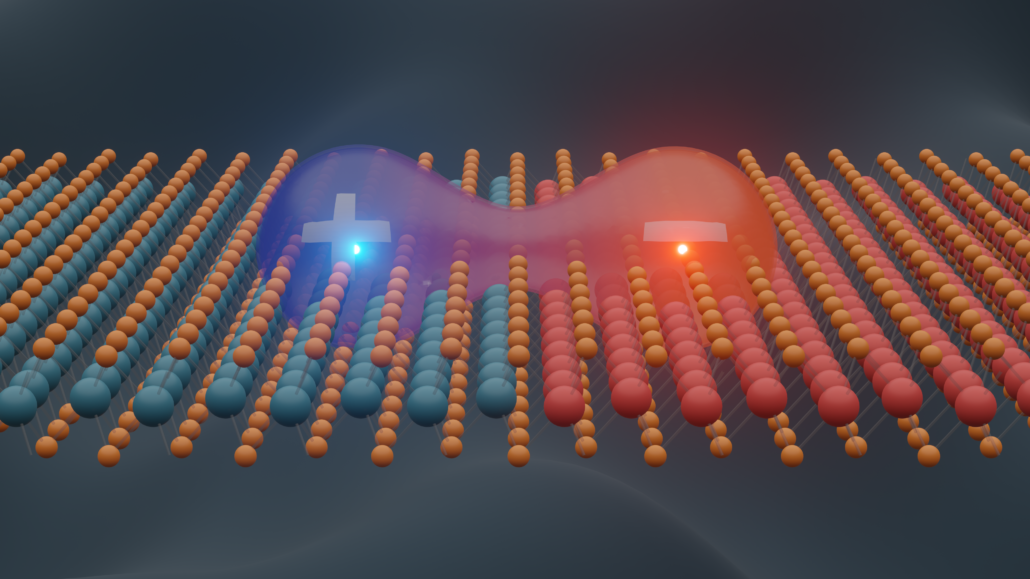
In a lateral heterostructure, an electron-hole pair spans the interface between two mated TMD semiconductor surfaces. (Figure: Giuseppe Meneghini, Copyright CC-BY 4.0 )
The presence of bound charge transfer (CT) excitons at the interface of monolayer lateral heterojunctions has been a topic of debate in the literature. However, unlike interlayer excitons in vertical heterostructures, their confirmation through observation is still pending.
In this work, a microscopic study investigating signatures of bound CT excitons in photoluminescence spectra at the interface of hBN-encapsulated lateral MoSe2-WSe2 heterostructures is presented. The fully microscopic and material-specific theory illustrates the many-particle processes behind the formation of CT excitons and details their potential manipulation through interface- and dielectric engineering. For junction widths smaller than the Coulomb-induced Bohr radius the appearance of a low-energy CT exciton is predicted. This theory is further compared with experimental low-temperature photoluminescence measurements showing emission in the bound CT excitons energy range. It is observed that CT excitons in hBN-encapsulated heterostructures possess small binding energies of just a few tens meV while exhibiting significant dipole moments. These properties make them ideal materials for optoelectronics applications that take advantage of efficient exciton dissociation and fast dipole-driven exciton propagation.
The joint theory-experiment study presents a significant step towards a microscopic understanding of optical properties of technologically promising 2D lateral heterostructures.
Informational Material
– Press release of the university of Marburg (in German).
Publication
R. Rosati, I. Paradisanos, L. Huang, Z. Gan, A. George, K. Watanabe, T. Taniguchi, L. Lombez, P. Renucci, A. Turchanin, B. Urbaszek, E. Malic
Interface engineering of charge-transfer excitons in 2D lateral heterostructures
Nat Commun 14 (2023) 2438 DOI:10.1038/s41467-023-37889-9
Contact
Prof. Dr. Ermin Malic
Philipps-Universität Marburg
SFB 1083 project B9
Tel.: 06421 28-22640
EMAIL
